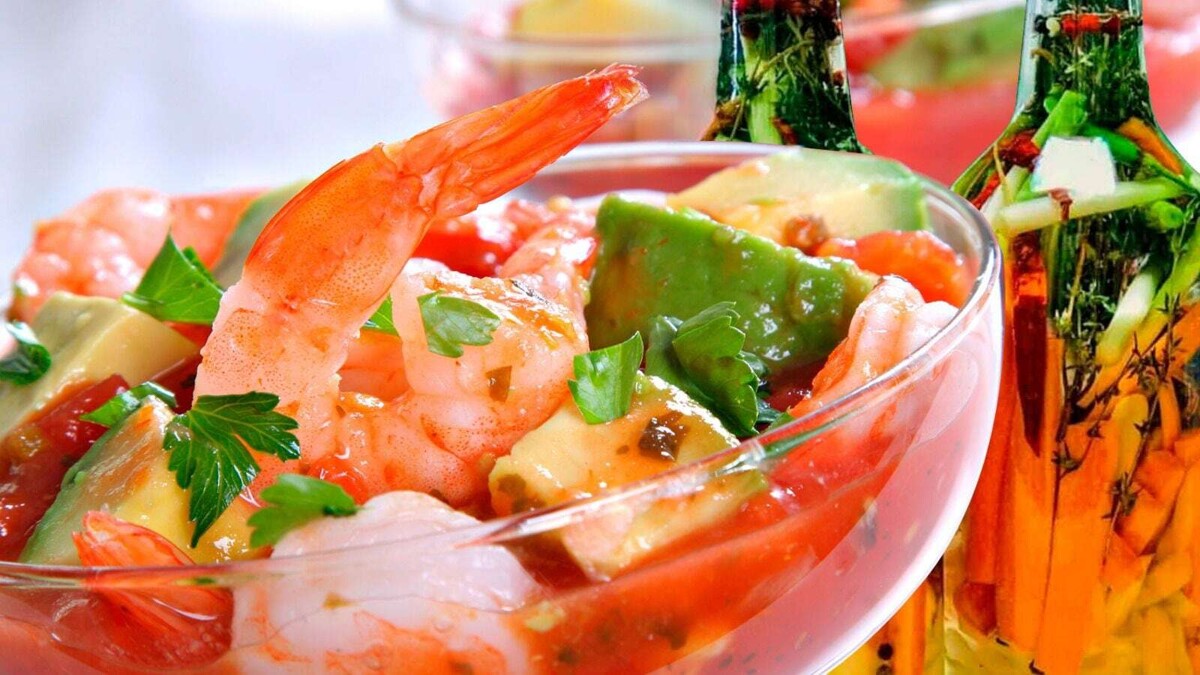
One way to prepare salsa bruja is by following a recipe from a YouTube channel called Cocineros Mexicanos, published in 2017. The preparation begins by boiling 2 liters of water in a saucepan and adding salt, bay leaves, thyme, rosemary, pepper, guajillo pepper, and garlic cloves. After boiling, white vinegar and serrano peppers are added. The mixture is placed in a glass bottle with onion, celery, carrot, chiltepin pepper, and is left to rest for two days to marinate.
Chef Ingrid Ramos explains that the sauce is called bruja because the preparation process seems like witchcraft, creating a potion of flavors. Habanero pepper is added for a spicy touch according to preference. Salsa bruja can accompany dishes such as shrimp cocktail, 'Vuelve a la vida', micheladas, meat cuts, and salads, offering a unique flavor in every bite.
The typical ingredients of salsa bruja include a variety of peppers, spices, and vegetables, with the secret being its preparation. It is a common addition to seafood dishes like shrimp cocktail, where it is combined with other ingredients such as ketchup, onion, and olive oil to enhance its flavor. Each region or restaurant may have its own version of this sauce, bringing different nuances to the dish.
Originating in Veracruz, salsa bruja primarily consists of water, vinegar, onion, thyme, pepper, carrot, garlic, bay, rosemary, cumin, and cloves. Although it can vary in ingredients such as the inclusion of habanero or morita pepper, the spicy and marinated flavor is characteristic of this sauce. It is ideal for accompanying a wide variety of dishes, from seafood to meat cuts, adding a distinctive touch to every bite.
Salsa bruja, with its blend of intense and complex flavors, has become a versatile element in Mexican cuisine, being used in dishes such as 'Vuelve a la vida', fish ceviche, shrimp cocktail, micheladas, meat cuts, and salads. Its special preparation and carefully selected ingredients give it a prominent place in gastronomy, offering a unique and delicious culinary experience.














